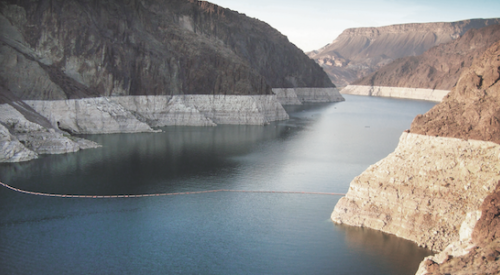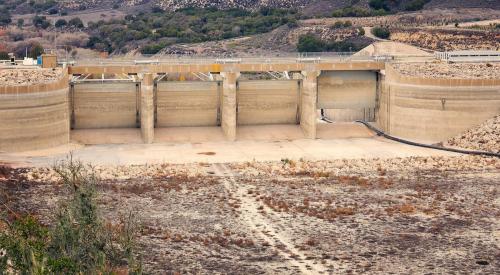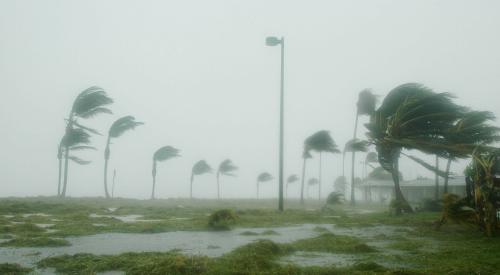For many cities like San Diego, Samuel Taylor Coleridge’s line from The Rime of the Ancient Mariner, “Water, water, every where, nor any drop to drink” could hit a little bit too close to home in times of drought. The city, which sits on the coast of the largest body of water on the planet, was one of the most vulnerable places in California during times of drought. Now, thanks to new techniques (such as desalination plants that Coleridge’s Mariner would have killed for) that have led to a reduction in the city’s reliance on imported water from 95 percent down to 57 percent, San Diego is one of the best prepared.
Over the next two decades, imported water as part of the city’s overall supply is expected to continue falling to 18 percent, making San Diego a model for the future of water use in cities, MarketWatch reports.
How did the city manage to decrease its reliance on imported water and begin to provide for itself? It started in 1991, during a severe drought, when the city faced mandatory cutbacks of as much as 50 percent. One of the most expensive new sources of water comes from its $1 billion desalination plant. The plant currently provides San Diego County with about 10 percent of its water supply. Around the world, the number of desalination plants has grown to 18,426, and Israel, for example, gets almost half of its water supply from its desalination plants.
San Diego has also begun monitoring for leaks much more closely. After installing corrosion-resistant valves on water lines, teams of inspectors are deployed to detect for leaks on a regular basis. It may seem small, but water lost to leaks adds up. As manyI as one trillion gallons of water is wasted annually because of household leaks in the U.S. alone.
Finally, San Diego has taken action to improve the city’s ability to store water when it isn’t needed, so it is available when it is needed. Between 2009 and 2014 San Diego raised the level of the 220-foot-high San Vicente Dam by 117 feet, which more than doubled the capacity of the reservoir from 90,000 acre-feet to 242,000 acre-feet.












